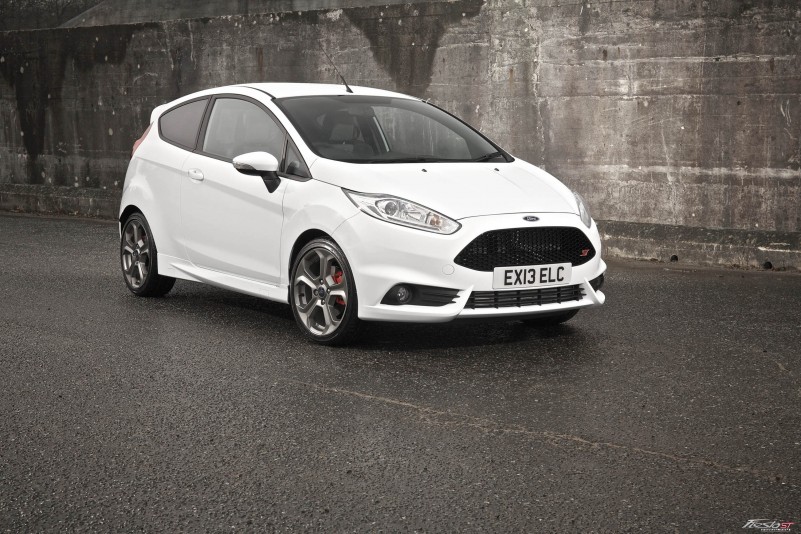
Man, oh man, does my generation make for an easy target or what? The millennials have been called many things; most descriptions aren't the most pleasant. We've been called narcissistic, selfish, lazy, and entitled, and many assume the most important thing on our agenda is capturing the next viral selfie pic.
Millennials are unique, it's true, and it poses a serious problem for automakers trying to connect with and attract America's younger car buyers. Ford (NYSE: F ) appears to be a step ahead of the automotive industry and is using a unique strategy with an often overlooked vehicle, at least in America: the Fiesta.
Fiesta movement
Unique marketing has been vital for the Fiesta's connection with millennials. Ford unleashed what it called the Fiesta movement years ago; the original strategy followed a number of "agents" which documented their experiences with the Fiesta through paid media, social media, and experiential events.
It was a hit, and agents traveled over 1 million miles in the Fiestas, created more than 50,000 pieces of original content, which generated nearly 30 million views through social media. Ford's back at it and is currently working through its next Fiesta marketing movement.
With the Fiesta helping lead the charge, Ford grew its retail share of the millennial market faster than any other automotive brand since 2009, according to Polk's retail registration data through mid-2013. Ford grew its retail share among car buyers between the ages of 18 to 34 years old by 80%, compared with 35% for the overall industry -- a pace that would soon make it the top choice for young buyers.
Why it matters
This is a huge deal for the folks at the Blue Oval for a couple of reasons. One, with automakers' future bloodline of car buyers turning to other modes of transportation at a faster rate, being the top auto choice for millennials will be vital to growing market share.
Another big reason attracting young buyers is key to a bright future is because the automotive industry is extremely loyal. Once consumers have bought into a brand, more often than not, they stick with that company for their second purchase -- a purchase that is typically more profitable.
So how does strong automotive loyalty help Ford more than competitors? Simple. Over the past couple of years, Ford has topped the industry in consumer loyalty. The folks at the Blue Oval are attracting younger buyers at a faster pace than competitors, and keeping more consumers within their brands -- a virtuous cycle that bodes well for the company's future.
While that's all well and good, Ford isn't resting on its laurels and is planning to take it one step further with the Fiesta. Meet the Fiesta ST, and as Ford cleverly put it, the performance-oriented subcompact is going to need a bigger trophy room.
Enter the Fiesta ST
Ford's banking that its ST version of the Fiesta is going to further the base model's gains in regions and age groups typically dominated by import brands.
"Common knowledge had it that this group didn't care about driving, or if they did, they opted for import brands," said Amy Marentic, Ford marketing manager, global small and medium cars, in a press release. "But the feedback we're getting from customers and the awards Fiesta ST keeps winning prove again and again we really accomplished something special."
Since hitting dealerships late last summer the 2014 Fiesta ST has racked up an impressive 22 awards across the industry through a combination of factors: performance, handling and value, according to Ford. Not only are critics impressed, but the Fiesta ST is also taking the base model's accomplishments with younger buyers a step further.
Consider that 50% of Fiesta ST buyers are under 35 years old, compared with just 23% of overall Ford brand customers. The average age of buyers is 39, which is 10 years younger than Ford's mainstream brand. Furthermore, these younger buyers are more affluent; 54% have at least a bachelor's degree and 30% have a household income of at least $100,000.
Ford's done an incredibly impressive job turning its business around since the recession, which forced two of its competitors into bankruptcy. While sales of the Fiesta don't compare with larger sedans in the U.S., it was crowned the best-selling subcompact globally last year with over 735,000 registrations. Even without huge sales figures in the U.S. market, Ford is taking a vital step here with its strategy to solve one of its most important problems: attracting new and younger buyers.
